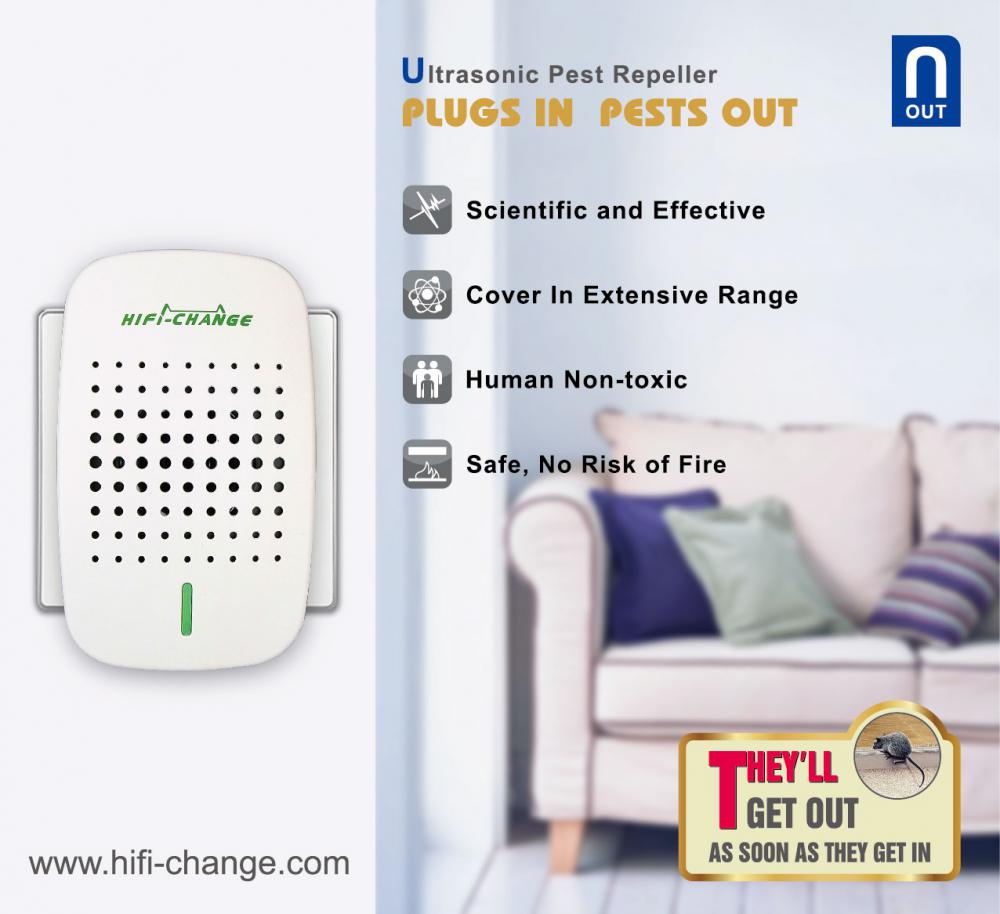How to get rid of Mice
Characteristics
Mice have an acute sense of hearing, frequently using ultrasound to communicate, and are particularly sensitive to any sudden noise. Their presence is usually detected from their dark-coloured droppings or damage to stored foods in the larder, packaging or woodwork.
Habitat
Mice live in nests that they build out of cloth, wool and paper. Nests are often built inside houses, in places such as roof spaces, under floors or in wall cavities, and wherever there is access to a good source of food, especially during the winter. Mice can squeeze through cracks as small as 5mm but mouse holes are normally 20-30mm in diameter. Mice are mainly active at night and can often be heard running about as they search for food.
Diet
Mice are erratic, sporadic feeders, nibbling at many sources of food rather than taking repeated meals from any one item. They do not need free water to drink as they normally obtain sufficient moisture from their food. Their favourite foods are cereal products, although they will eat almost anything.
Signs of a mouse activity
Mice droppings - Droppings are often black, rod shaped and 3-6mm long. Fresh droppings will be soft and moist. Each mouse can leave approximately 80 droppings per day. Common places to find mouse droppings are under the kitchen sink, around central heating boilers and in roof spaces.
Smear marks - These are dark grey marks left on surfaces by repeated contact with the oils in mouse fur.
Nests - Sometimes nests can be found indoors for example in lofts, under floorboards or in airing cupboards.
Gnawing - Mice gnaw continually on materials such as wood, carpets, paper, pipe cables and furniture. Check for damage to foodstuffs in cupboards.
How to prevent Mice
Eliminate any harbourage points such as sealing gaps around pipes and under sheds; Mice only need a gap of 5mm to gain entry, but normally they are 20-30mm in diameter.
Remove potential nesting sites by keeping yards and gardens clean and tidy, by cutting back overgrown areas and clearing any piles of wood/debris.
Cover any household waste where mice can get access to it, close dustbin lids and cover compost heaps.
How to get rid of Mice
It is important to get rid of mice quickly, as Mice are adaptable, highly mobile and breed rapidly - this combination can make mouse control a difficult task for the untrained individual.
If you decide to carry out the work yourself then you can buy amateur use poisons and traps from a hardware store or garden centre. However, due to their habits, traditional baiting techniques and trapping frequently do not work, and a combination of rodenticides may be necessary. An alternative to using poisons are break-back traps. You may catch mice if baited with nutty chocolate, raisins or similar attractive food and placed close to signs of mouse activity. Ironically, cheese is a comparatively poor mouse-baiter. Place traps close to, and at right angles to, walls so the treadle may be activated from either direction. When placing poison or traps, make sure they are in a safe and secure place out of reach of children and pets.
In addition, proofing all means of entry as much possible will help to prevent entry. Blocking holes with wire wool embedded in quick-setting cement, and fit metal strips to doors to prevent mice from entering.
WARNING: When using rodenticides always follow the instructions on the label, and importantly search for and dispose of any dead rodents in a safe manner.
Hifi-Change is a new better choice for people to deal with the rat's problem. Hifi-Change Ultrasonic Pest Repeller is safe, energy-saving and easy to use. What you have to do is just to plug it in the outlet.
